|
Recently I had the experience of receiving bad news just as I was just about to board a plane. It was an international flight, and after learning that my brother was on his deathbed, I was in no frame of mind for reading, watching movies or any other kind of entertainment over the next ten hours. In that situation all I felt like doing was sashiko. The hypnotizing effect that comes from rhythmically moving a needle through fabric was exactly what I needed to make the long trip bearable. Fortunately I had something to work on. I don’t usually stitch pre-printed pieces as I prefer to draw up my own, but I had with me a Hobbyra Hobbyre brand hanafukin, which I had bought to try out after a visit to one of their outlets in Tokyo earlier in the year. Incidentally, carrying sewing in hand luggage aboard planes can be a hassle because of rules about taking scissors on board. I lost several pairs before discovering that a stitch unpicker is all you need to cut thread and can make it through security inspections without being confiscated. But I make no guarantee - rules may vary according to country! Hobbyra Hobbyre is a craft company that sells mainly needlework and sewing supplies. It was founded in 1975 as an offshoot of the Mitsubishi Pencil Company, with the first store located in the Ginza-Core building in the trendy and prestigious Giza district. From there it expanded into a franchise with 45 shops across the country. Nowadays the Ginza store is located at street level (Denso-kan 1F, 5-9-5, Ginza, Chuo-ku) and has just celebrated its 5th anniversary at these premises. The store I visited was in Shinjuku, on the sixth floor of the Keio Department Store. I was impressed by the extensive range of pre-printed hanafukin with patterns ranging from traditional to free style, and variety of thread colours. There were some really cute and unusual free style designs such as puppies, kiriko glassware and cactus! A range of kits for making items such as bags, purses, coasters and table runners in traditional blue and white was also available. The Hobbyra Hobbyre website doesn’t have any English information unfortunately. This page lists shop locations, which Google translate might be able to help with, otherwise if you are visiting Japan and want to find a shop, try plugging in your destination plus Hobbyra Hobbyre. Below is the hanafukin I began that day in the plane. I like that it had six different traditional patterns and an enclosed instruction leaflet with diagrams clearly showing the order of stitching for each, which were: shippo tsunagi (linked seven treasures), kagome (woven bamboo), hana juji (flower cross) koshi (lattice), juji hanazashi (cross flower stitch) and toridasuki (crossed birds). To finish off I sewed a backing cloth made from an old skirt. The finished piece is indeed full of memories.
7 Comments
|
Watts SashikoI love sashiko. I love its simplicity and complexity, I love looking at it, doing it, reading about it, and talking about it. Archives
September 2022
Categories
All
Sign up for the newsletter:
|

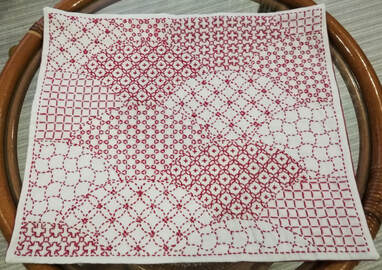
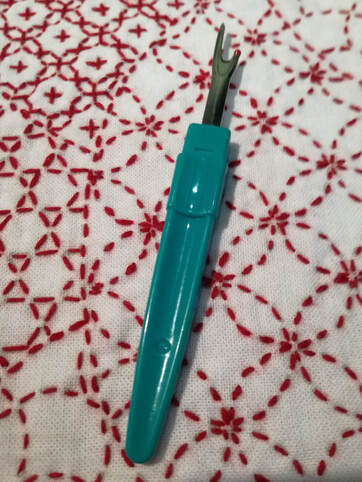
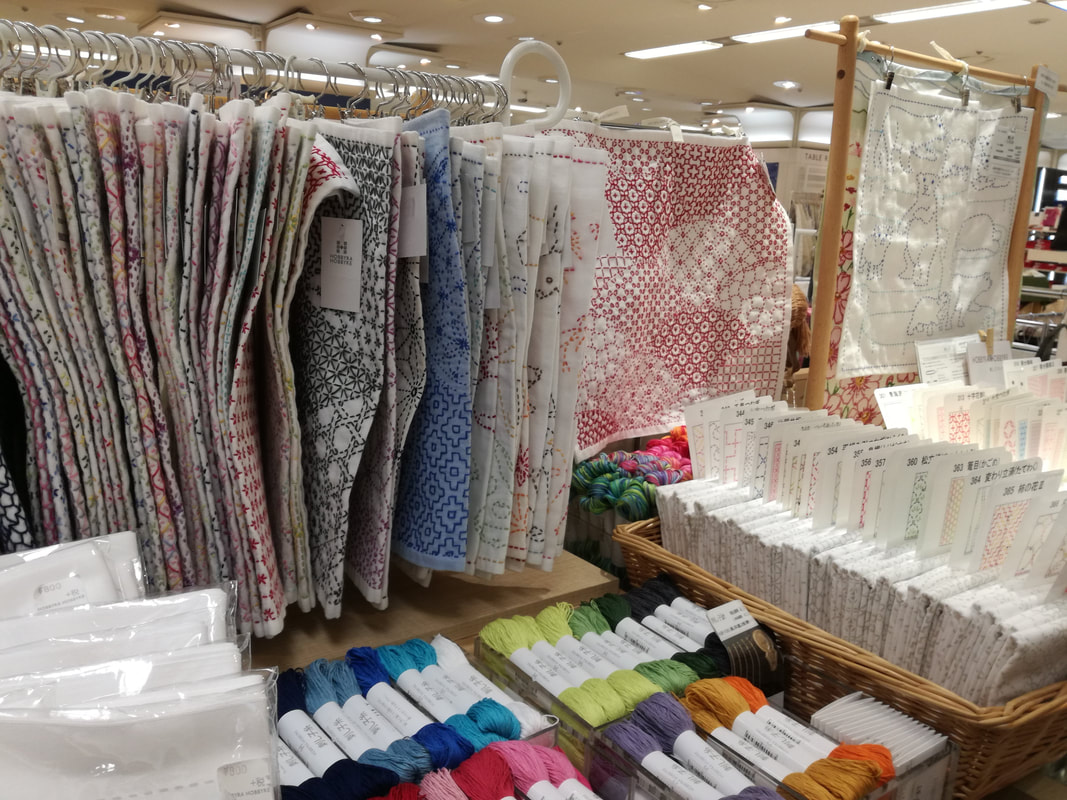
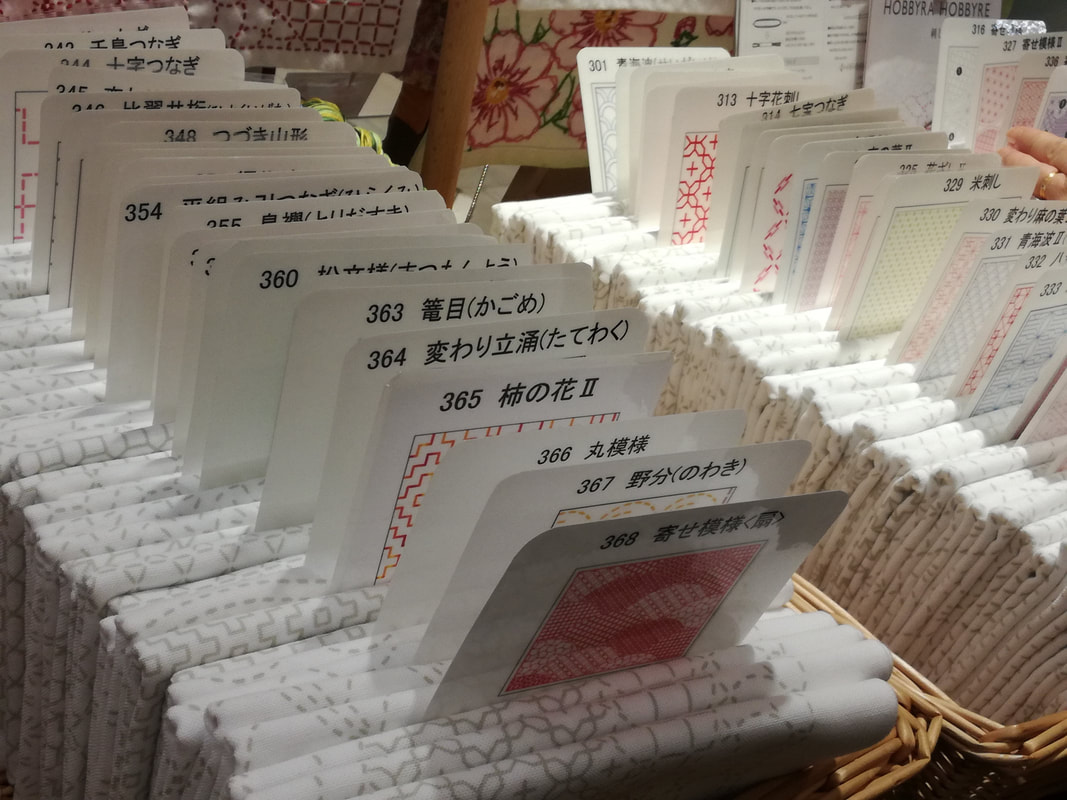
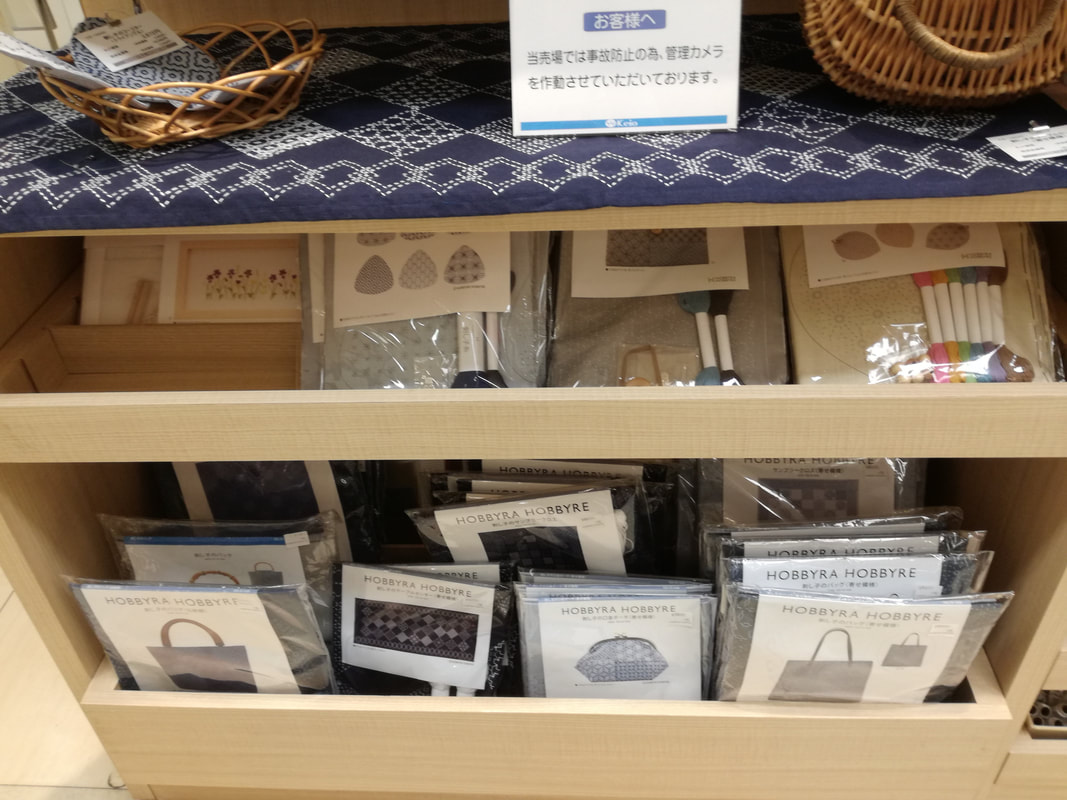
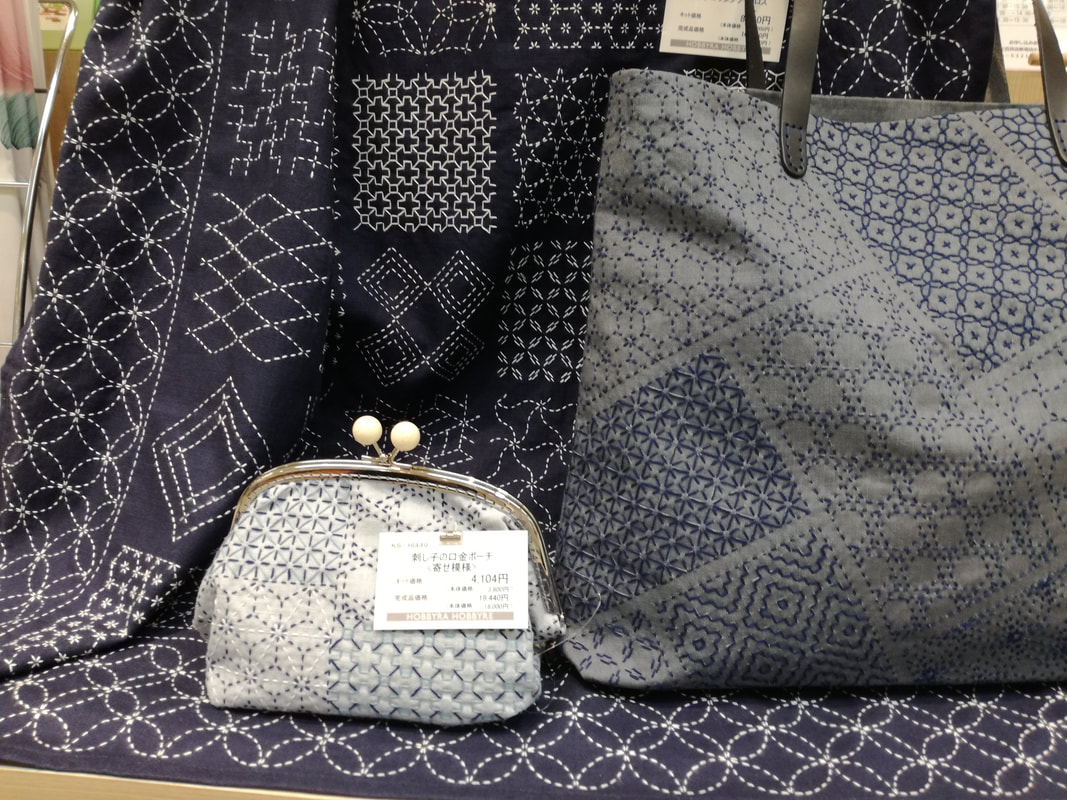
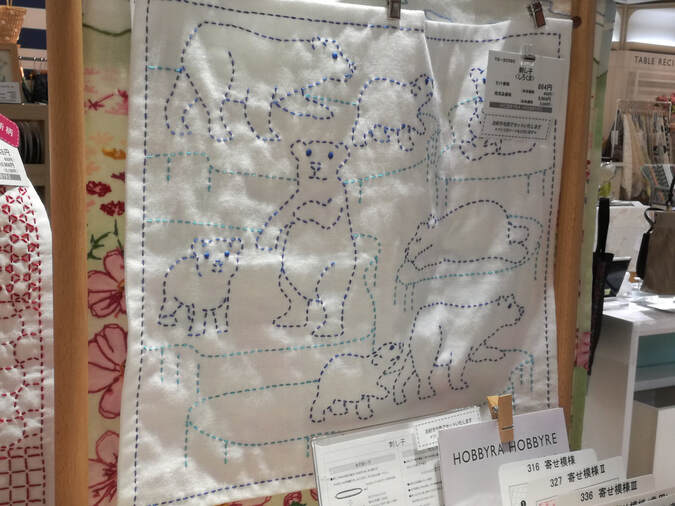
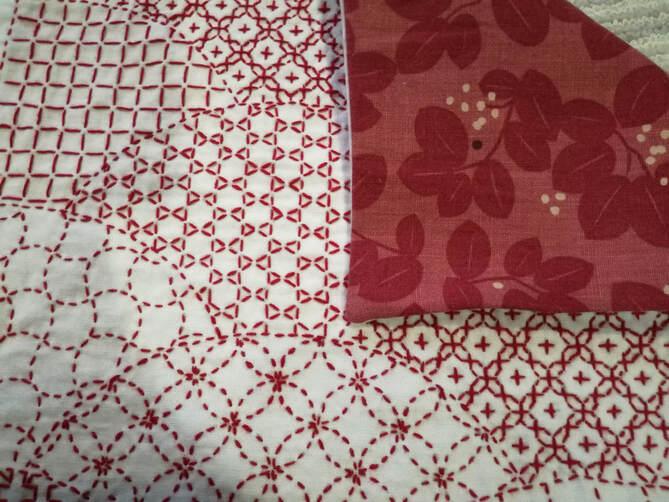
 RSS Feed
RSS Feed



